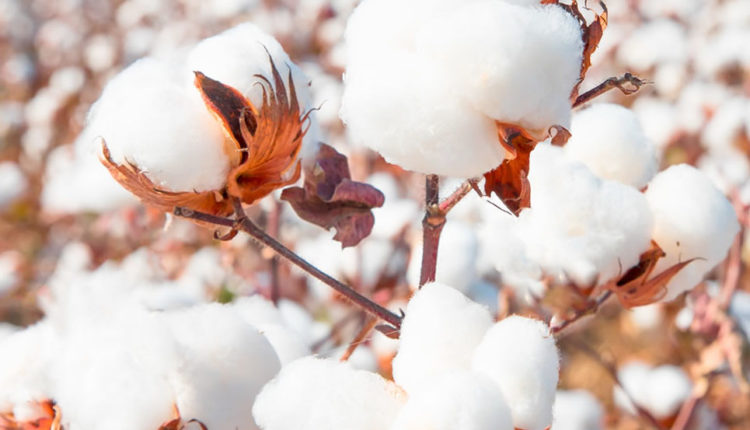The trade tensions between Australia and China have resulted in Australian cotton producers seeking alternative markets. As a result, Vietnam has emerged as the largest importer of Australian cotton, replacing China.
The deteriorating trade relations between Australia and China since 2020 has led to Australian cotton producers diversifying their export markets.
Consequently, Vietnam has become Australia’s largest export market for raw cotton after just a few years.
Similarly, Australia is one of the fastest growing import sources of raw cotton for Vietnam. Between 2020 and 2021, imports of raw cotton from Australia increased by 899 percent or US$555 million.
But this phenomenal growth is not solely due to the strained trade relationship between Australia and China. Vietnam has a number of other advantages over China that Australian cotton producers are able to exploit – free trade agreements, a convenient location, and huge demand from apparel manufacturers.
Trade tension between China and Australia
In response to calls from the Australian government for an investigation into the origins of the Coronavirus, Chinese authorities, in 2020, implemented a number of measures to limit access to the Chinese market for Australian goods.
Cotton, along with a range of other Australian exports, was subject to huge tariffs which saw Chinese manufacturers look elsewhere for their cotton.
Furthermore, Chinese cotton millers are often granted annual import quotas with tariffs set on a sliding scale between 5 and 40 percent. Buyers of Australian cotton were also at risk of higher tariffs under this quota system.
As a result, Australian cotton producers went in search of other markets.
Australian cotton producers went on the offensive
With the Chinese market increasingly difficult to penetrate, the Australian Cotton Shippers Association (ACSA) went on the offensive, sending a delegation to Vietnam to talk up the benefits of Australian cotton. This included displaying garments made of Australian cotton during the Vietnam International Fashion Week and providing Vietnamese spinners with technical skills and know-how.
“Spinners find Australian cotton more efficient when introduced into the spinning process… [They] will get more output from using Australian cotton,” ACSA President Matthew Bradd, told the ABC back in March.
But an effective marketing strategy and good quality product was only part of the equation. Buying Australian cotton needed to be cost effective and that’s where Vietnam’s appetite for free trade agreements comes in.
The three FTAs supporting Australian cotton exports to Vietnam
Vietnam and Australia are members of three key free trade agreements (FTAs), including the ASEAN-Australia-New Zealand FTA (AANZFTA), the Comprehensive and Progressive Agreement for Trans-Pacific Partnership (CPTPP), and the Regional Comprehensive Economic Partnership (RCEP).
Australian raw cotton, when it meets the conditions outlined in Decree 115/2022/ND-CP, Decree 121/2022/NĐ-CP, and Decree 129/2022/NĐ-CP, will receive a preferential import tax under these agreements.
Overall, these FTAs have opened up supply chains for Vietnam’s manufacturers, giving them better access to the raw materials they need to produce their goods. Notably, whereas Australia has a huge ability to produce raw materials, Vietnam has the high-value, low-cost labor needed to turn those raw materials into high-value products. A clear win-win for all involved.
Demand for cotton in Vietnam is rising
The demand in Vietnam for raw cotton has been another key driver of growth in Australian raw cotton imports.
Vietnam’s textile and garment industry is expected to export in the vicinity of US$46-47 billion of clothing and apparel in 2023.
Although Vietnam produces some of its own cotton, its output is not enough to meet current demand. Cotton is usually only grown for artisanal purposes and is not produced on a commercial scale. This has resulted in Vietnam having to import a large amount of raw cotton from other countries.
As a result, Vietnam is among the top three largest cotton importers alongside Bangladesh and China. Recognizing this growing demand, Australia has boosted exports to the point that it was in the top three sources of cotton for Vietnam after China and the US in 2021.
Geographical proximity
With a vast coastline bordering the South China Sea, Vietnam has an excellent location compared to other importers in the Americas and Europe.
The shipping time from Australia to Vietnam is faster than between Australia and most other locations – it takes only 21 days, which is faster than between Vietnam and Brazil or the US. At the same time, the reduced shipping time also helps importers and exporters minimize logistical costs, thereby lowering operational costs and generating higher profit margins.








